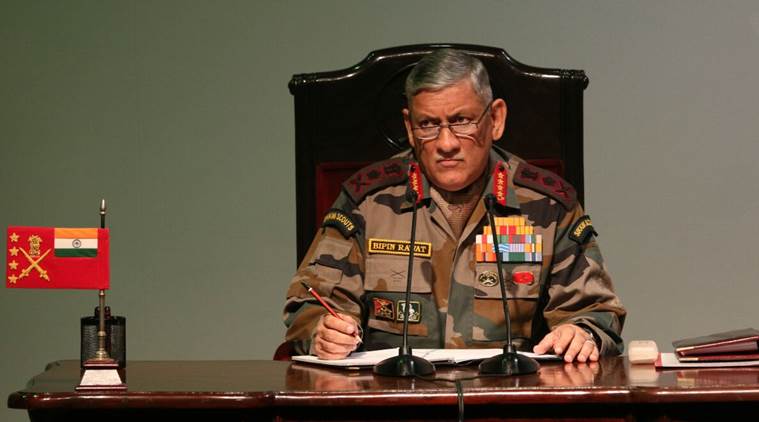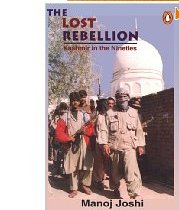s China’s economic and military power expands, and as it seeks to position itself at the center of the world stage, it is seeking to become the regionally dominant actor, east, south, north, west.
In South Asia, long thought of by India as its back yard, Beijing is already a significant economic actor and military-aid provider, and is now emerging as a diplomatic player. This is manifested by its increasing willingness to get involved in resolving disputes between various parties in the region.
In the past, China elevated a globally self-centered approach into high principle by declaring that “China does not interfere in the internal affairs of other countries or impose its will on others.” This reflected as much on the Chinese inability to do so as the fact that often their interests have been better served by not doing so. In this way Beijing befriended a clutch of unsavory regimes and dictators and avoided taking a stand on a range of burning issues of the day.
But now China has developed economic and political interests across the globe and finds it much more difficult to sidestep issues. Indeed, to protect and further its interests, it is involving itself in dealing with local tensions and conflicts.
In South Asia in the past two years, Beijing has offered to mediate between India and Pakistan, and between Bangladesh and Myanmar, and is already involved in resolving issues between Myanmar and its ethnic rebels, as well as between Afghanistan and Pakistan.
China is the largest trading partner of India, Pakistan and Myanmar and has growing ties with others in the region. It is the principal supplier of military equipment to Pakistan, Bangladesh, Sri Lanka and Myanmar. Under the rubric of the Belt and Road Initiative (BRI), it is emerging as a major investor in infrastructure projects.
This month, China rejected United Nations intervention as a way of settling the Maldivian crisis. But it offered to mediate between the various parties. During the official briefing, Chinese Foreign Ministry spokesman Geng Shuang said: “China is willing to maintain close communication with the relevant parties in Maldives so as to promote and restore normal order in the Maldives as soon as possible.” China now has a dominant role in the Maldivian economy, with large investments in the infrastructure and tourism areas.
In Myanmar last year, China not only put up money to support the peace process but continued its two-pronged efforts to resolve Myanmar’s complicated ethnic quarrels. In 2016, it had persuaded three rebel groups – the National Democratic Alliance Army, the Union League of Arakan Army and the Ta’ang National Liberation Army – to participate in a biannual Union Peace Conference run by the Myanmar government.
Simultaneously, it also helped create the rebel-backed Federal Political Negotiating and Consultative Committee, which has sought to negotiate with the Myanmar government.
Myanmar is, of course, a strategically important country and neighbor of both India and China. It offers Beijing important access to the Indian Ocean. A gas and oil pipeline already links Kunming to Kyaukpyu, where China is building a deep-sea port and an industrial zone, though plans to build a railway line are in abeyance for the present. China is the dominant investor in Myanmar, focusing on infrastructure connecting to its own southern provinces.
In April 2017, China offered to help resolve the Rohingya crisis by mediating between Myanmar and Bangladesh. Its special envoy Sun Guoxiang traveled to both countries to explore the process. By the end of the year, the Chinese had offered a three-point plan to resolve the issue and also provided relief materials for the refugees.China is establishing a strong presence in Bangladesh, building roads and power stations there, in addition to its arms-supply relationship. In 2016, Xi Jinping made a visit to Dhaka, the first by a Chinese president in 30 years, and deals involving US$24 billion of Chinese funding were signed.
Afghanistan, Bangladesh and CPEC
China has also stepped up to the plate in Afghanistan as a mediator. Earlier it was part of the now-defunct Quadrilateral Coordination Group along with the US and Afghanistan. In mid-2017, China began a formal process to mediate to ease Pakistan-Afghanistan tensions.
Foreign Minister Wang Yi shuttled between Kabul and Islamabad and managed to hammer out a two-point agreement that saw the establishment of a crisis prevention and management machinery and a trilateral dialogue among China, Pakistan and Afghanistan, whose first meeting took place last December. The outcome of the effort was to signal China’s readiness to play a role in Afghan-Pakistani relations and also give a commitment to extend the China-Pakistan Economic Corridor into Afghanistan.Kabul hopes that Beijing will use its clout to get Islamabad to stop using its territory to provide sanctuary to the Taliban, while Pakistan is hoping that China’s greater commitment to Afghanistan will help reduce India’s influence there. As for China, it views the stability of Afghanistan and Pakistan as being vital for the security of Xinjiang.
India, the largest state in South Asia, cannot avoid being the context of many of these activities. Pakistan has long been the means through which Beijing has been able to contain India in South Asia. Now, China’s compulsion is greater. As it seeks, in the words of Xi Jinping, to “take the center stage,” it needs to subdue or overawe regional actors like India that have their own local interests.
‘Constructive role’
In keeping with its image as a benign player in South Asia, China has also offered to mediate between India and Pakistan. Last July, in response to a question, Foreign Ministry spokesman Geng Shuang noted that China was “willing to play a constructive role in improving relations between India and Pakistan.” He was speaking in the context of the ongoing India-Pakistan tensions on the Line of Control in Jammu and Kashmir state.An increasingly assertive Beijing is in two minds about India. At one level it sees itself as above the fray and a great power that seeks to have good relations with all the states of the region. On the other, it sees New Delhi, in alliance with Tokyo and Washington, as a peer competitor that must be checked at every step.
Writing in the Global Times last year, commentator Hu Weijia noted with reference to the Rohingya issue that the rise of China had provided it an increased ability “to mediate in conflicts outside the country.” Adhering to the principle of non-interference was important, but Beijing also had to protect the overseas investments of Chinese enterprises.
Indeed, he said, given the “massive investments” made in the BRI, China “now has a vested interest in helping resolve regional conflicts including the dispute over Kashmir between India and Pakistan,” which he said was the toughest challenge in dealing with regional issues relating to Chinese overseas interests.
China’s new-found activism has confounded India, which has long worked on the assumption that not only was South Asia a part of its sphere of influence, but it was also a security provider to the states of the region. But for the smaller countries of the region, China offers a way of offsetting India’s overwhelming presence, as well as being a source of significant investment and aid.
India is singularly favored by geography in its region and has been a significant provider of aid and credit to its neighbors. But it lacks China’s heft on this score. Likewise, being an importer of arms, it cannot match Beijing’s ability to win friends and influence countries through military aid.
Asia Times February 23, 2018



